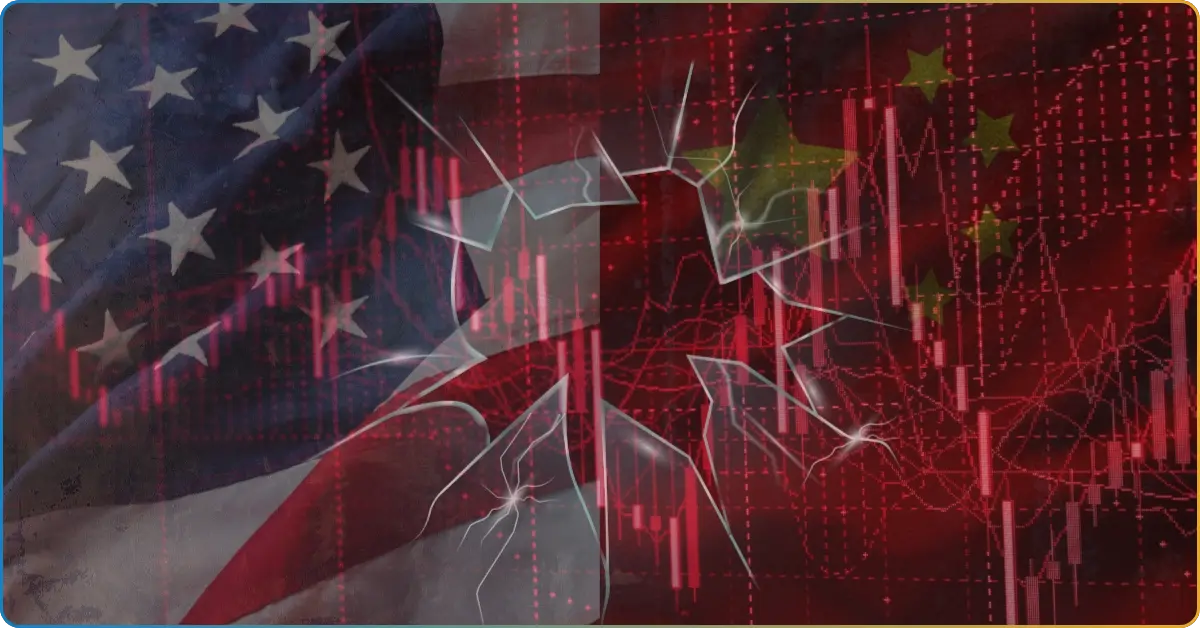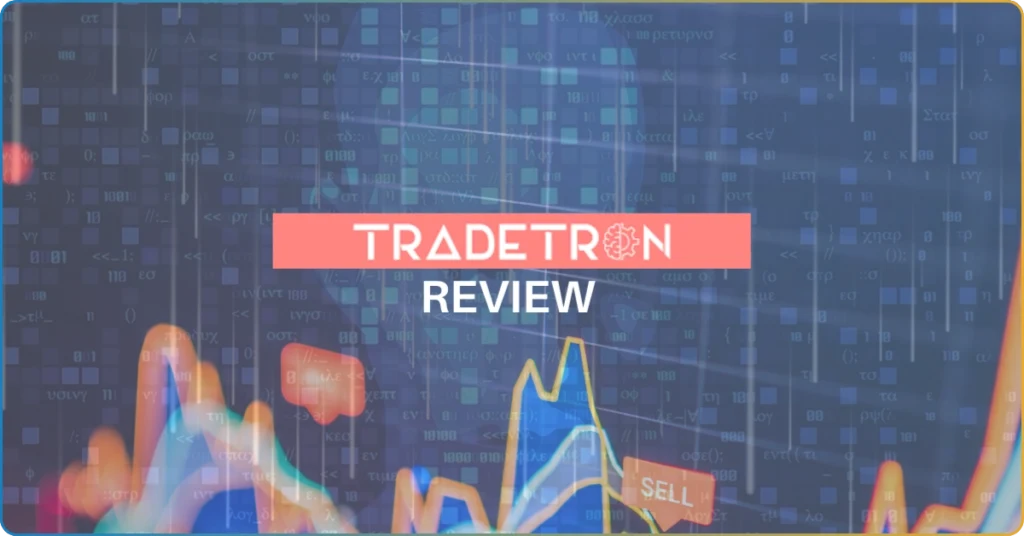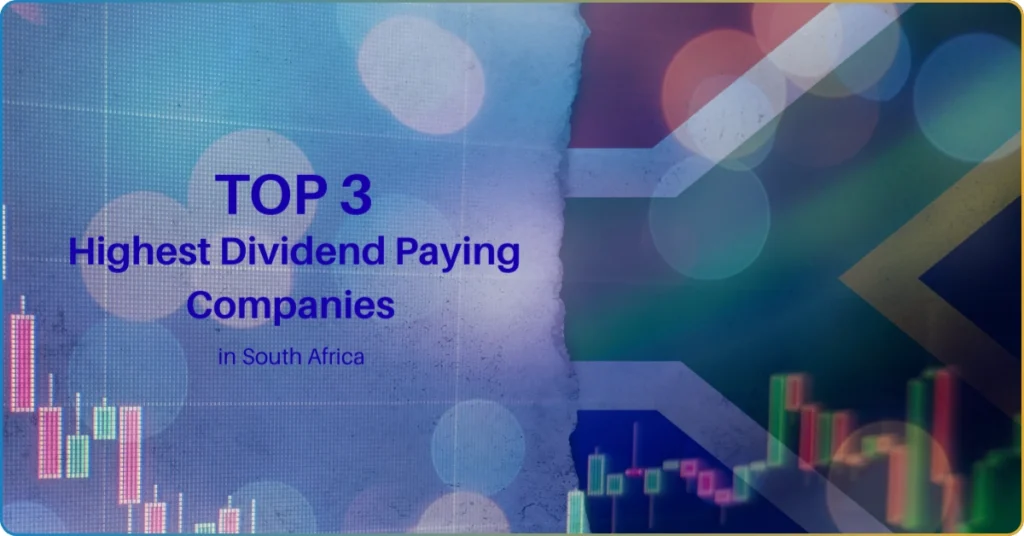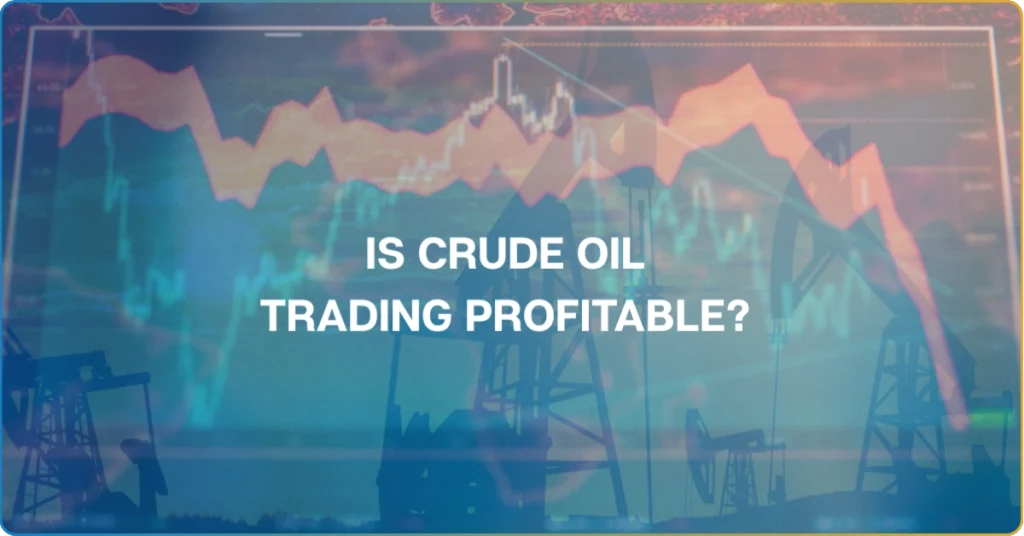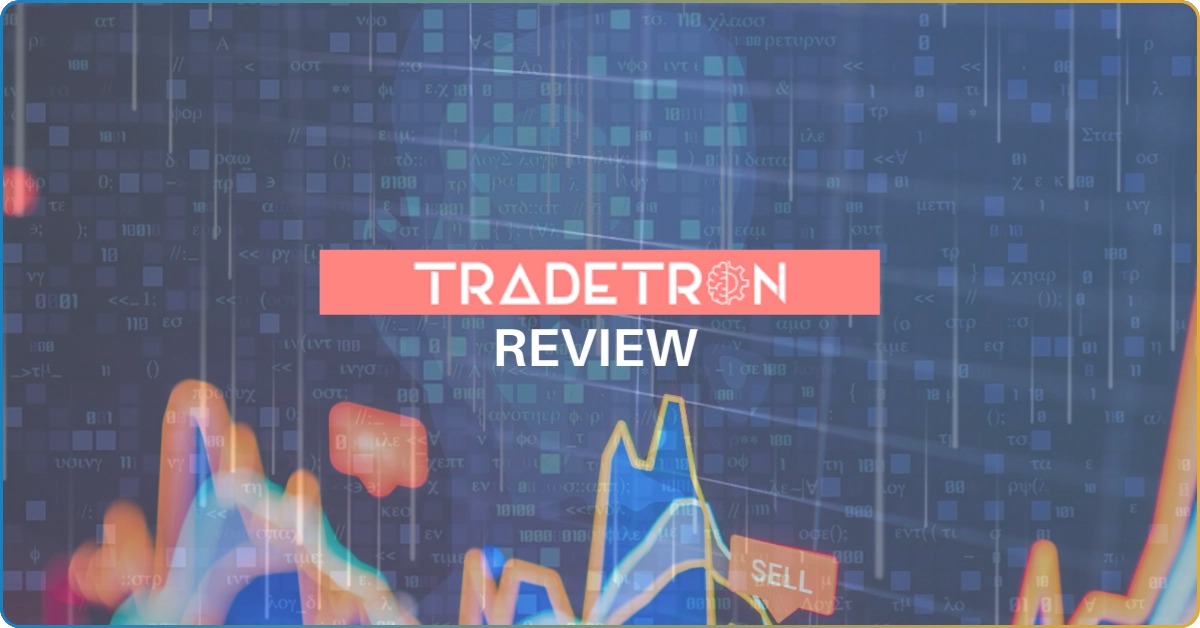The reelected United States President Donald Trump is set to take the extremes to make his Make America Great Again (MAGA) campaign.
One approach to further boost the U.S. economy is implementing a new tariff plan. This is his tool for the trade war – aimed to slow down the economies of the U.S. leading trade partners (Canada, China, and Mexico) through tariffs or import taxes to the U.S.
Now, let’s see how this change in the tariff landscape impacts the harmony within the global trade scene. And remember, such macroeconomic changes significantly impact your investment across foreign exchange (forex), stocks, indices, and commodities.
In this TRU Insights, we’ll answer what are tariffs and their immense impact on the financial markets. Read on and learn how to remain safe and profitable during this emerging global economic development.
At A Glance: President Trump’s Tariff Plan to Affect Global Trade
What Happened: Right after taking office, U.S. President Trump implemented a plan to impose tariffs or import taxes on goods from several countries, including China (10%), Mexico (25%), and Canada (25%).
What Do We Know: President Trump used these tariffs as a strategic tool to boost the U.S. economy and secure its economic position. The tariffs aimed to address issues such as trade imbalances, illegal immigration, and drug trafficking while also protecting American industries from alleged unfair competition.
How Significant It Is: The tariffs substantially impacted global trade, leading to increased tensions and retaliatory measures from affected countries. They influenced various sectors (automotive, energy, and agriculture), potentially raising consumer prices and disrupting supply chains.
Quick Overview of the Global Trade Scene
The world has an interesting geographic landscape – and this helps the global trade scene flourish. Natural resources, climate conditions, and strategic location all contribute to how nations engage in international trade.
Some countries may be rich in oil reserves but have limited agricultural products. To sustain their population’s demand, they establish a trade partnership with countries that excel agriculturally and, in turn, need energy resources like oil.
That’s the core of global trade – leveraging trading partners’ goods to meet the population demand while providing partners with resources.
However, this macroeconomic activity is layered due to dynamic relationships between trading partners.
If the two trading partners conflict, tariff policies may arise to exert economic competitiveness against one another. This ignites the trade war between the two countries, aiming to gain leverage in the global economy.
Economic policies, geopolitical tensions, or overall economic competition mostly drive this trade war.
What Are Tariffs?
Before we dive into its implications for the financial markets, let us first define tariffs.
Tariffs – government-imposed taxes on imported goods – are not news in the global trade scene. Macroeconomics is complex – more often than not, economic trading partners are faced with conflicts due to policies, geopolitics, and competition.
Thus, tariffs have been an effective tool for countries to secure their competitive advantages against their trading partners.
Tariffs work on this simple premise:
Country A and Country B have been in an extended economic competition. Now, Country A wants to exert economic leverage against Country B.
To do so, the government of Country A imposed an import tax on all Country B goods that enter its borders. Country B must pay the imposed tax before having the goods profit from Country A’s population.
Tariffs, in their simplest form, are taxes imposed on imported goods and services to make imported goods more expensive. This, in turn, encourages domestic production, protects local industries, and boosts global competitiveness.
Are Tariffs Policies Good or Bad?
The global economy has been in an extended debate about whether the implementation of tariff policies is beneficial – and not just through the lens of the local economy but on the global scale.
The reality is that tariffs have the good, the bad, and the ugly:
- The Good: They protect domestic industries, create local jobs, and generate government revenue.
- The Bad: They increase costs for businesses and consumers, potentially leading to inflation.
- The Ugly: Prolonged tariff wars can disrupt supply chains, slow economic growth, and increase market volatility.
How Do Tariffs Impact Stocks and Indices Market?
Tariffs disrupt the supply chain due to increased import fees.
This makes importing to another country costly for businesses, which ultimately could result in decreased cash flow and revenue among companies.
However, domestic-inclined services witness a decrease in competition, which in turn boosts their production and revenue.
Companies reliant on international trade (manufacturing, technology, and automotive sectors) may see stock prices fall due to increased production costs and supply chain disruptions.
Conversely, domestic industries benefiting from reduced competition might experience stock gains.
Historical data shows that tariffs have led to market corrections and uncertainty, with investors often moving towards defensive stocks or alternative asset classes.
How Do Tariffs Impact the Foreign Exchange Market?
Tariffs could boost the economic activities of a country that imposes them while decreasing trade flows with the imposer’s trading partner.
Thus, tariff policies are known to alter the trade balance between trading partners.
Tariff policies aimed at reducing imports lead to currency valuation due to increased domestic production. This ultimately resulted in an increase in local currency valuation.
On the contrary, a country imposed with a tariff experiences a decrease in exports due to costly import taxes. With reduced foreign demand, the local currency is likely to depreciate.
For example, during the U.S.-China trade war, fluctuations in the Chinese Yuan and U.S. Dollar reflected changes in trade tensions and investor sentiment.
How Do Tariffs Impact the Commodity Market?
The main issue in tariff policies is their disruption in the country’s supply chain. Tariffs on raw materials like steel, aluminum, and agricultural products affect global commodity prices due to increased production costs.
Higher tariffs on essential goods can create supply shortages and price volatility, impacting businesses and consumers alike.
For instance, tariffs on soybean exports have influenced global trade patterns. This tax policy affected both U.S. farmers and international buyers.
Tariffs Impact on Inflation and Economic Groth
An increasing import cost may lead to a spike in inflation. This is because companies will pass on the new layer of costs to consumers, making their goods more expensive than they typically are.
Inflation can erode purchasing power and impact central bank policies, potentially leading to higher interest rates to counter rising prices.
Additionally, economic growth may slow down or halt if tariffs disrupt supply chains. Export-dependent economies, particularly those involved in global supply chains, could suffer from reduced demand and lower production levels.
Notable Tariffs Historical Examples and their Impact on the Financial Markets
Now, let us look at the two notable tariff policy implementations that shift the dynamic in the financial markets.
U.S.-China Trade War (2018-2020)
The U.S. imposed tariffs on Chinese goods worth billions of dollars, prompting China to retaliate with its own tariffs.
The stock market experienced significant volatility as investors reacted to escalating tensions.
As the two economies are the big players in the global trading scene, the supply chains were disrupted on a global scale. This tension led to increased production costs and price shifts in multiple industries.
This two-year economic event was considered the riskiest window to invest in the financial markets.
Smoot-Hawley Tariff Act (1930)
This protectionist tariff worsened the Great Depression by stifling global trade. As many countries retaliated, the reduction in imports and exports increased exponentially – deepening the economic downturn.
Does Tariff Have Immense Implication to Your Investment?
Tariffs are a powerful economic tool that can have far-reaching effects on financial markets.
While they may protect domestic industries and generate government revenue, they also pose risks such as inflation, trade retaliation, and economic slowdowns.
You must stay informed about trade policies and their potential market impacts to hop onto these economic shifts in a profitable manner.
Understanding tariffs, despite their layered implications, allows you to anticipate market sentiment, mitigate risks, and make strategic financial decisions in an ever-evolving global economy.

